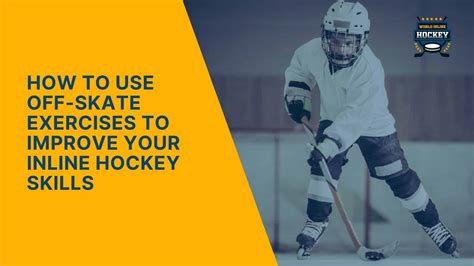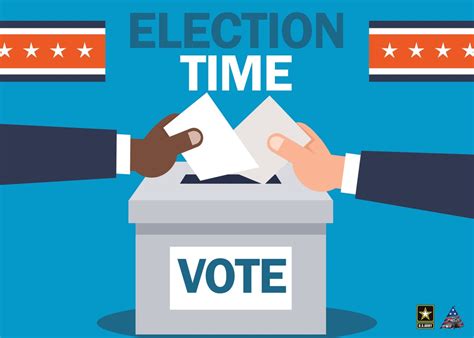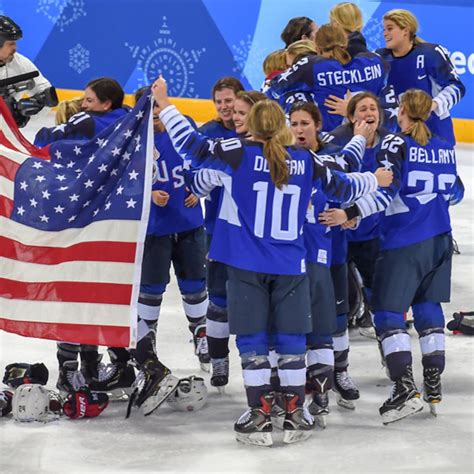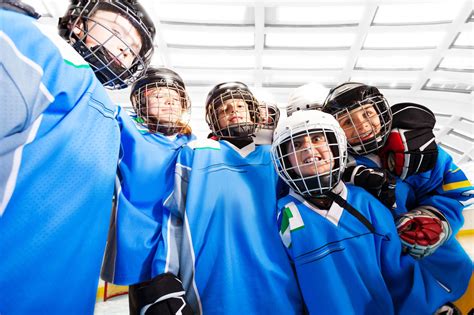Master essential skating techniques with drills, balance tips, and endurance-building strategies. Enhance performance using video analysis. Your guide to better hockey skating!Are you ready to elevate your hockey game and become a more formidable player on the ice? Improving your skating skills is essential not only for enhancing your performance but also for enjoying the game to its fullest. In this article, we will guide you through proven methods and techniques to sharpen your skating abilities, from mastering fundamental techniques to incorporating essential drills that boost your speed and endurance. Additionally, we’ll explore ways to improve your balance, utilize video analysis for self-assessment, and address commonly asked questions about effective skating practices. Whether you’re a beginner or looking to refine your skills, these strategies will help you glide across the ice with confidence and finesse. Let’s dive in and transform your skating skills for the ultimate hockey experience!
How To Master The Basics Of Skating Techniques
To excel in hockey, mastering the fundamentals of skating is crucial. Here are some key techniques that will help you improve your skating skills:
- Stance and Posture: Begin with a comfortable stance. Knees should be slightly bent, and your body weight should be distributed evenly. Keep your head up and back straight to maintain good balance.
- Stride Technique: Focus on strong, powerful strides. Use the full extension of your legs when pushing off the ice, and aim for a smooth glide to conserve energy.
- Stopping Skills: Learn how to stop effectively using the T-stop and snowplow stop techniques. Practicing these stops will help you gain more control during games.
- Turning and Angles: Practice making sharp turns and maintaining proper angles. This will help you maneuver effectively around opponents and create scoring opportunities.
- Crossovers: Work on your crossover techniques to build speed and change direction seamlessly. This skill is essential for quick accelerations and maintaining momentum on the ice.
To track your progress, consider keeping a record of drills and techniques practiced during each session. As you become more comfortable with these basics, you’ll find that your confidence and performance on the ice will significantly improve.
| Technique | Description | Tips for Improvement |
|---|---|---|
| Stance and Posture | Proper alignment and balance. | Practice in front of a mirror. |
| Stride Technique | Powerful and smooth ice strides. | Focus on leg extension and weight transfer. |
| Stopping Skills | Controlled stopping techniques. | Regularly practice stopping drills. |
By applying these techniques and keeping a strong focus on your improvement, you’ll be well on your way to becoming a more proficient and agile hockey player.
Essential Drills To Enhance Your Skating Speed
Improving your skating speed is crucial for dominating on the ice and can significantly impact your overall hockey performance. Here are some essential drills that can help you enhance your skating speed:
- Starts and Stops: Practice explosive starts by advancing from a stationary position. Focus on pushing with your legs and maintaining a strong, low stance. Incorporate quick stops to improve your control and agility.
- Sprints: Perform short-distance sprints (about 30-50 feet) on the ice. This drill reinforces speed and helps develop the muscle memory required for accelerating quickly during a game.
- Crossovers: Practice crossovers in both directions to increase power and speed during turns. Smooth and aggressive crossovers can help you maintain your momentum as you navigate the ice.
- Backward Skating: Skating backwards is essential for defense and increasing overall agility. Incorporate backwards sprints and incorporate quick transitions to face the opposite direction.
- Interval Training: Mix bursts of high-intensity skating with periods of lower-intensity play. This method simulates game conditions, helping you build your speed while enhancing your endurance.
- One-Legged Skating: Strengthen your leg muscles and improve balance by practicing skating on one leg. Alternate legs after a set distance to build strength and speed.
- Plyometric Exercises: Off-ice training such as jumps, bounds, and sprints can significantly enhance your explosive power and speed on the ice.
By incorporating these how to drills into your regular training regimen, you’ll develop the speed necessary to boost your performance and excel in hockey games. Consistency is key, so ensure you dedicate time each week to practice these essential speed-enhancing drills.
Improving Balance For Better Hockey Performance
In hockey, maintaining balance is crucial for performance on the ice. A skater who can balance effectively can maneuver faster, react more quickly to opponents, and maintain control of the puck. Here are several techniques to improve your balance, which will enhance your overall skating ability:
- Strength Exercises: Incorporate strength training focusing on your core, legs, and lower back. Exercises like squats, lunges, and planks can significantly improve your stability on skates.
- One-leg Balance Drills: Practice balancing on one leg while performing various movements. This can include lifting the other leg, reaching forward, or even passing the puck. Doing this drill regularly will help develop your stabilizing muscles.
- Balance Boards: Using a balance board can be a fun and effective way to enhance your stability. It engages your core and lower body while improving your overall balance and coordination.
- Skating on Uneven Surfaces: If possible, practice skating on surfaces that challenge your balance, such as textured ice or even outdoor rinks. This helps your body adapt to maintaining balance in different conditions.
- Controlled Stops and Turns: Practice stopping and turning with precision. Start at low speeds and progress to faster ones as your confidence and balance improve. Focus on keeping your knees bent and weight distributed evenly.
Incorporating these techniques into your training regime will contribute significantly to your ability to maintain balance on the ice, ultimately leading to improved performance in hockey. With these balanced maneuvers, you’ll find it easier to execute plays and become a more effective player.
How To Build Endurance For Longer Skating Sessions
Building endurance for longer skating sessions is crucial for hockey players, as it allows them to maintain speed and control throughout the game. Here are some effective strategies to enhance your skating endurance:
By consistently implementing these strategies, you will learn how to build your endurance, allowing you to skate longer and perform at your best during hockey games.
Using Video Analysis To Refine Your Skating Skills
In today’s digital age, athletes have access to a wealth of resources that can dramatically enhance their training. One of the most effective methods for improving your skating skills in hockey is to leverage video analysis. This approach allows players to closely evaluate their techniques, identify areas of improvement, and track progress over time.
Here’s how you can utilize video analysis to refine your skating skills:
- Record Your Practice Sessions: Make it a habit to record your skating sessions during practice. Use a smartphone or a camera positioned at a strategic angle to capture your movements.
- Analyze Footage: After each session, take time to review the footage. Look for key aspects of your skating, such as stride efficiency, foot placement, and body position.
- Compare With Professionals: Find videos of professional hockey players and compare their skating techniques with yours. This can provide valuable insights into what you might be doing wrong or where you can improve.
- Seek Feedback: Share your videos with coaches or experienced players to gain feedback. They can offer insights that you may not see on your own.
- Set Goals: Based on your analysis, set specific, measurable goals for improvement in your skating techniques. Use these goals to guide your practice sessions moving forward.
By integrating video analysis into your training, you can systematically work on the aspects of your skating that need improvement. This focused approach not only enhances your skills but also builds confidence as you visibly see your progress over time. Remember to keep your sessions regular, and you’ll soon notice significant improvements in your overall performance on the ice.
Frequently Asked Questions
What are some essential tips for improving skating skills in hockey?
Focus on proper skating technique, practice regularly, and incorporate agility drills into your training.
How does leg strength affect skating performance?
Leg strength plays a crucial role in pushing off the ice, maintaining balance, and executing quicker turns, all of which enhance skating performance.
What drills can help improve speed on the ice?
Drills such as interval sprints, figure eights, and cone weaving can help develop speed and agility in skating.
How important is balance for hockey skating?
Balance is vital in hockey skating as it allows players to execute turns, stops, and maintain stability while handling the puck.
Are there specific exercises to enhance skating endurance?
Yes, incorporate cardiovascular exercises like cycling, running, or interval training to improve your skating endurance.
What role does flexibility play in skating skills?
Flexibility contributes to a full range of motion, helping skaters achieve better stride length and reducing the risk of injury.
How can on-ice training differ from off-ice training for skating?
On-ice training focuses on specific skating techniques and gameplay scenarios, while off-ice training emphasizes strength and conditioning to support on-ice performance.









